
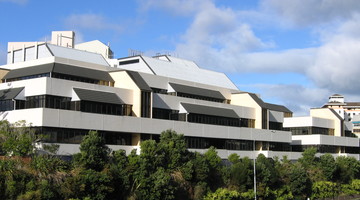
Seismic engineering is a branch of engineering that searches for ways to make structures, such as buildings and bridges, resistant to earthquake damage. Seismic engineers aim to develop building ...
READ MORE
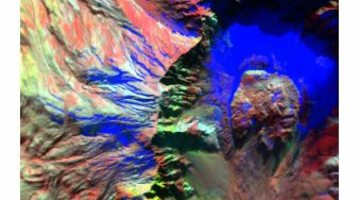
Using super sense technology, changes in the Earth’s structure can be measured without having to actually be there: Motion sensors called seismographs record tremors or small earthquakes that ...
READ MORE
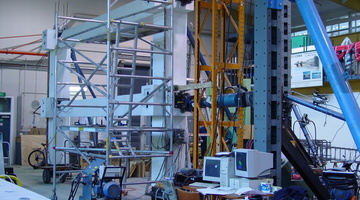
A visitor to the seismic engineering laboratories and test centres at the University of Canterbury, Christchurch, is likely to meet researchers and students of many nationalities. They are ...
READ MORE
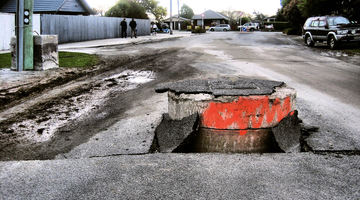
The series of activities described below was designed to help students develop an understanding about earthquakes in New Zealand, including why we get them and how we measure them. The world of ...
READ MORE
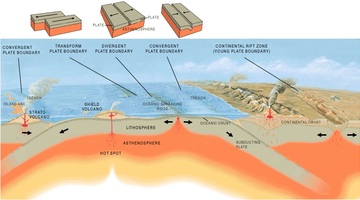
In this activity, students take on the roles of seismologists, vulcanologists and geographers, using maps to look for patterns in the worldwide distribution of earthquakes, volcanoes and ...
READ MORE
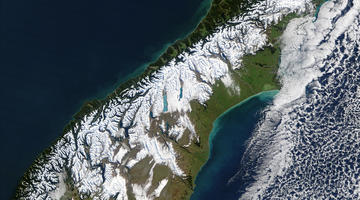
In this activity, students use maps to plot a graph of earthquakes under New Zealand to show the shape of the North Island subduction zone and compare this to the distribution of earthquakes in ...
READ MORE
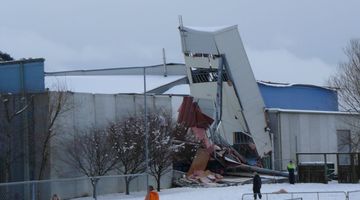
Large snow events in most parts of New Zealand are uncommon. However, if you are in the South Island or the central North Island, this citizen science project could be a great one for your ...
READ MORE
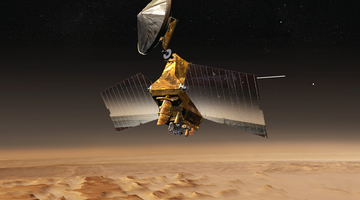
The Planet Four online citizen science project is designed to assist planetary scientists to identify and measure features on the surface of Mars that don’t exist on Earth. Help is needed to ...
READ MORE
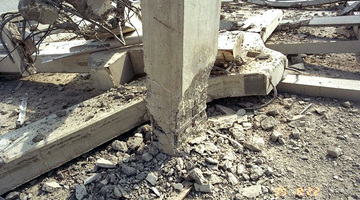
About 14,000 earthquakes are recorded in and around Aotearoa New Zealand every year. Canterbury’s 7.1 and Kaikōura's 7.8 magnitude earthquakes and subsequent aftershocks show the constant threat ...
READ MORE

This online PD session, recorded on 18 February 2015, focuses on using Science Learning Hub earthquake resources to plan an Earth and Space science unit. It models how a variety of resources can ...
READ MORE
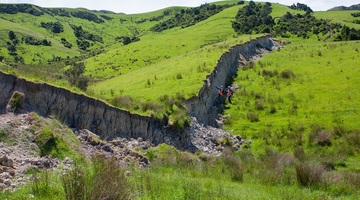
Many New Zealanders have felt the shake of an earthquake, and most students are aware of big earthquakes that have become part of New Zealand's recent history. Research shows that students are ...
READ MORE
Dr Stefano Pampanin from the University of Canterbury believes seismic engineering relies on the merging of knowledge from many scientific areas, using an interdisciplinary approach and combining ...
READ MORE
Dr Stefano Pampanin from the University of Canterbury explains that seismic engineers need a good understanding of physics, mathematics and other sciences, as well as a broad general knowledge ...
READ MORE
Dr Stefano Pampanin from the University of Canterbury explains how the ‘smarter’ idea of ductile design originated at the University in the 1960s and is currently under further developments and ...
READ MORE
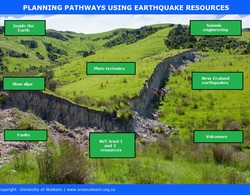
This interactive groups Hub resources into key science and technology concepts.
READ MORE

In this interactive follow a core sample as it makes its journey from the Alpine Fault to microscopic examination. Click on the labels for more information. Select here to view the full ...
READ MORE
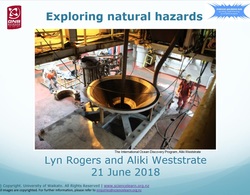
This is the slideshow that supports the Exploring natural hazards PLD webinar. Use the Slideshow menu for further options, including view full screen, and go here for the download option.
READ MORE